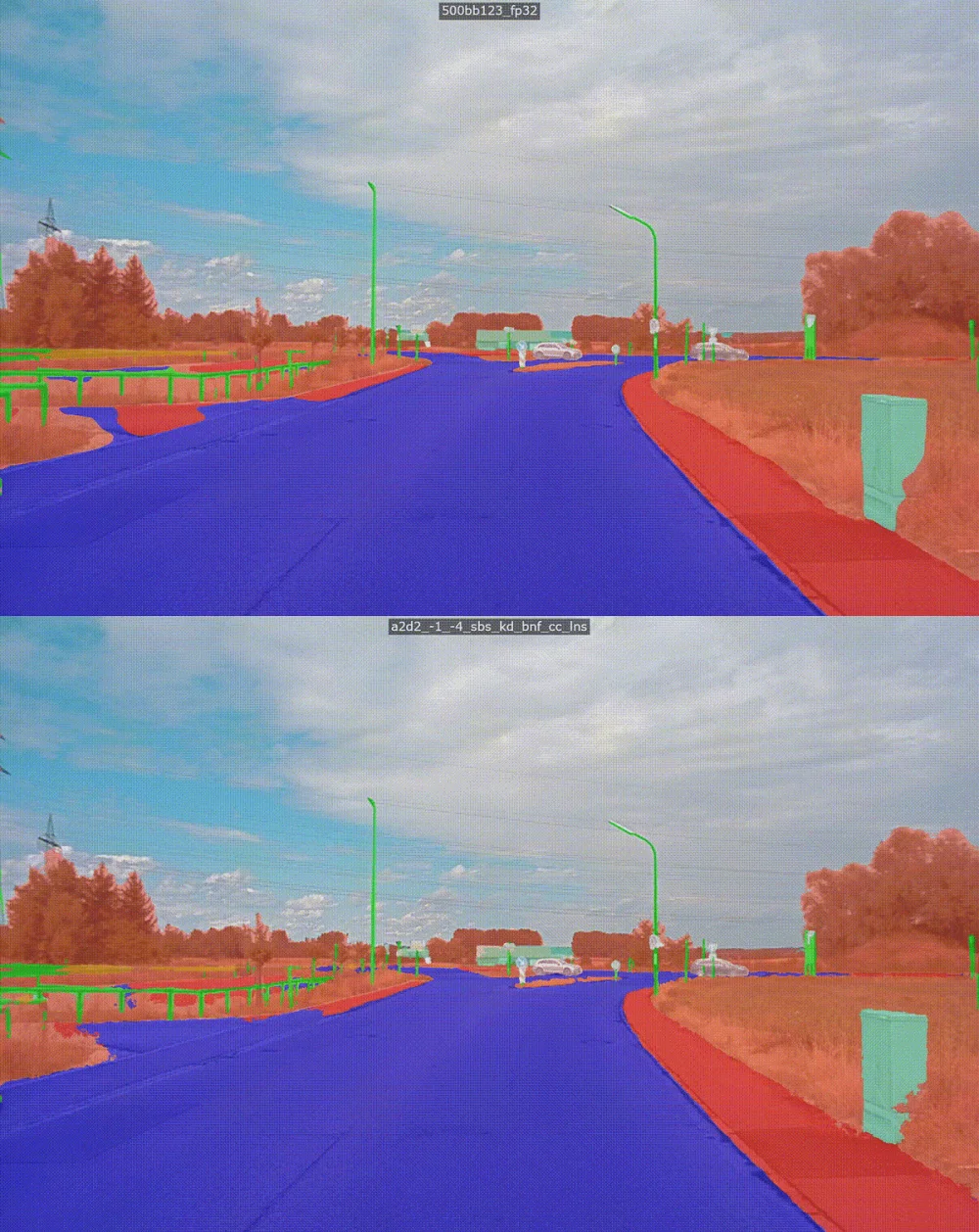How Autonomous Vehicles Benefit The Individual
By Sidhart Krishnamurthi, Product Management
Currently, society faces numerous transportation inefficiencies. Due to traffic, the individual loses over 50 hours of productive time. In addition to this, the average motor vehicle accident can cost up to over a million dollars based on the severity. Through subsequent increased insurance and potential legal fees, consumers unmistakably bare a significant burden. Lastly, people on average spend several thousand dollars on fuel annually. Clearly, there must be a solution to optimize mobility for everyone.
Examining the mechanism behind these inefficiencies — humans are imperfect by nature. Regarding traffic — poor driving behavior can lead to vehicle slow down for miles. In addition, people commonly make unsafe maneuvers — in fact, 94% of accidents are caused by humans. Also, due to aggressive driving and idling for long periods of time, individuals overspend on fuel.
Fortunately, the auto industry is experiencing an evolution to vehicle autonomy, which will inherently benefit road-dwelling consumers. With humans acting solely as passengers, the inefficiencies outlined above are mitigated, and individuals will realize an overall enhanced mobility experience — without human error, the vast majority of traffic accidents are eliminated. And, according to Robotic Business Review, AVs will cut commute time by over 50% and improve fuel efficiency by over 70%. From the perspective of the consumer, self-driving cars undoubtably are a major upgrade over the current human-driven model.
When humans drive, to accurately process dynamic surroundings in real time, we use almost 100 billion neurons while consuming minimal power. To mimic these capabilities, an autonomous vehicle (AV) must be equipped with a system that generates at least 75 Tera-Operations-Per-Second (TOPS) of compute for every watt of power consumption. This is known as the visual perception problem — the largest barrier to realizing full vehicle autonomy.
Presently, the industry has not realized fully self-driving vehicles — we are in an era of partial autonomy. Solutions in vehicles today are based on legacy technology, such as the GPU. Because these platforms are not purpose-built to enable fully autonomous vehicles, they cannot solve the visual perception problem outlined above. Clearly, a novel solution without any technological constraints should be brought to the market in order for AVs to take the road and for consumers to benefit.
Luckily, we @ Recogni are developing such a solution. Through leveraging key innovations in math, ASIC architecture, and artificial intelligence, our platform generates a data center level of compute while utilizing less energy than a lightbulb. Simply put, we are the only solution on the market capable of solving the visual perception problem and enabling fully autonomous vehicles. Our product is indispensable for OEMs to integrate into their vehicle in order for consumers to realize the transportation efficiency that comes with self-driving cars.





